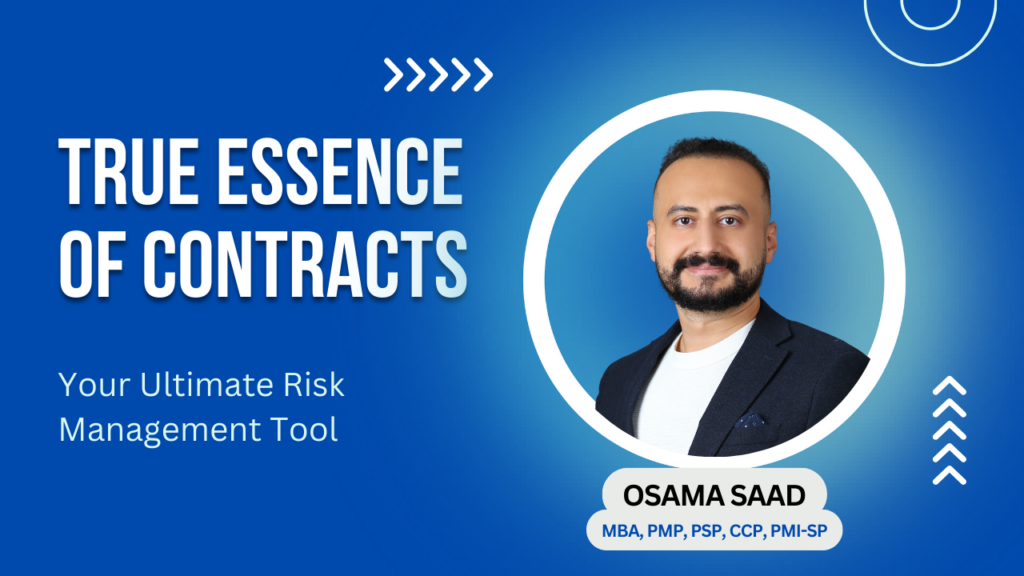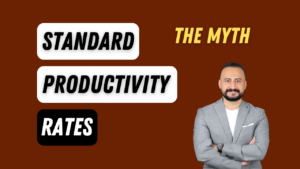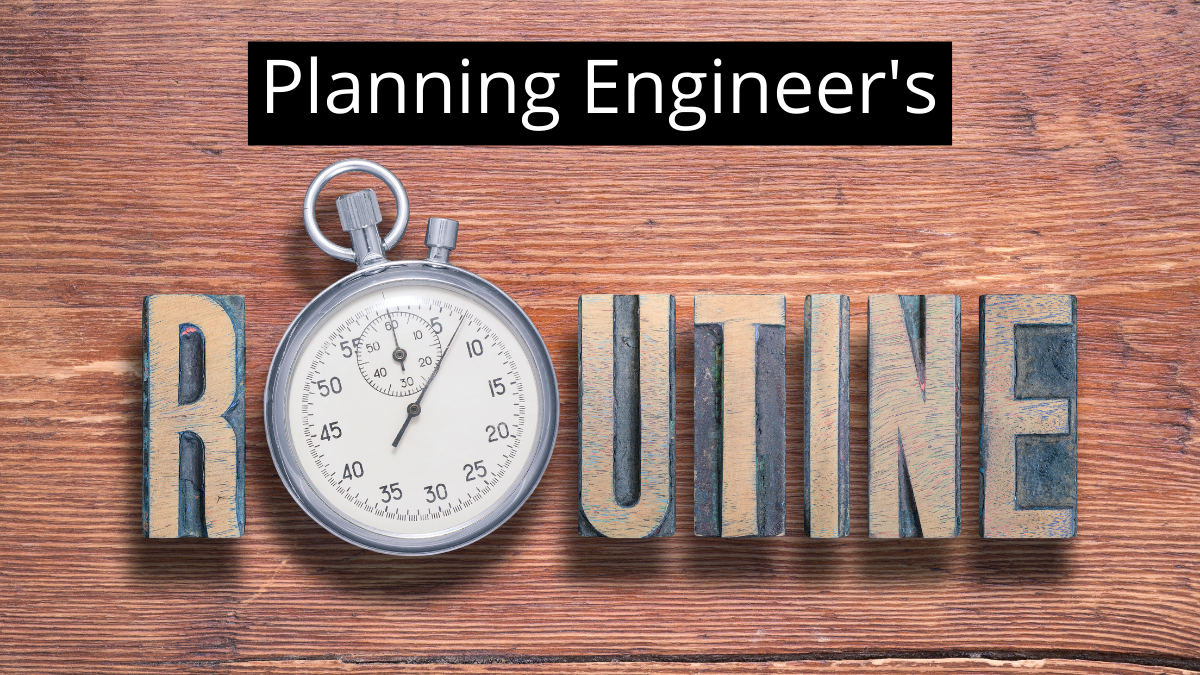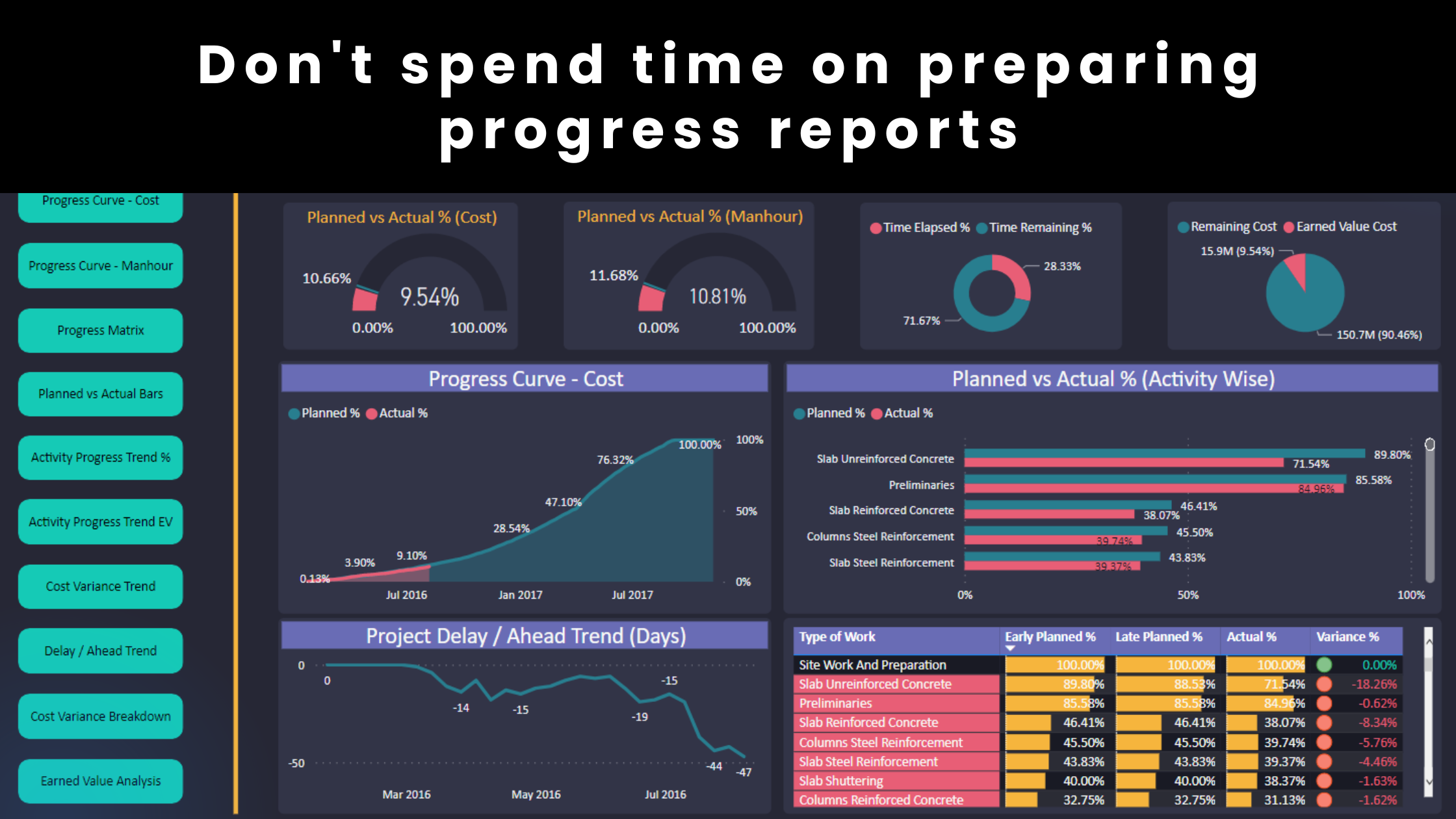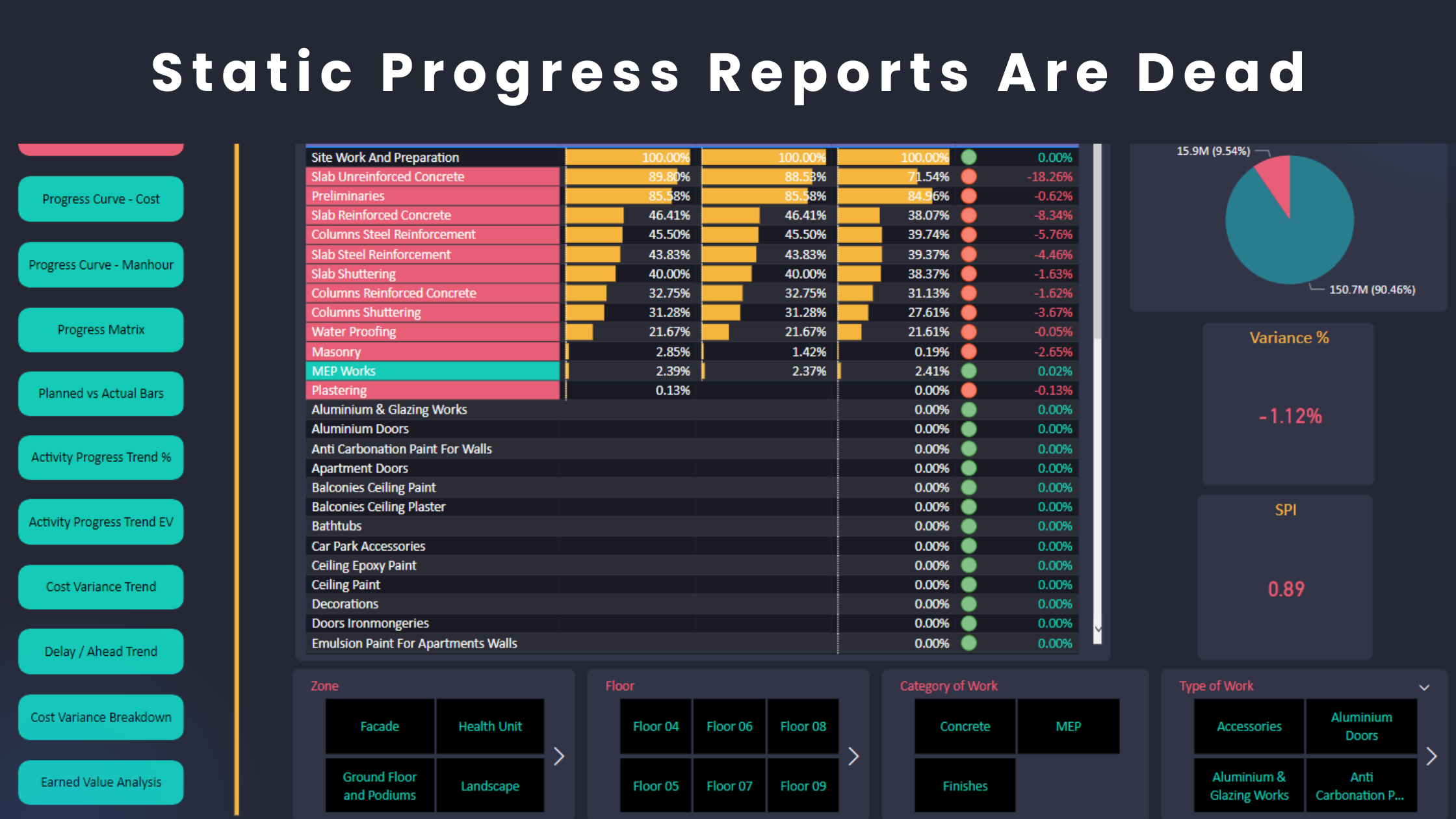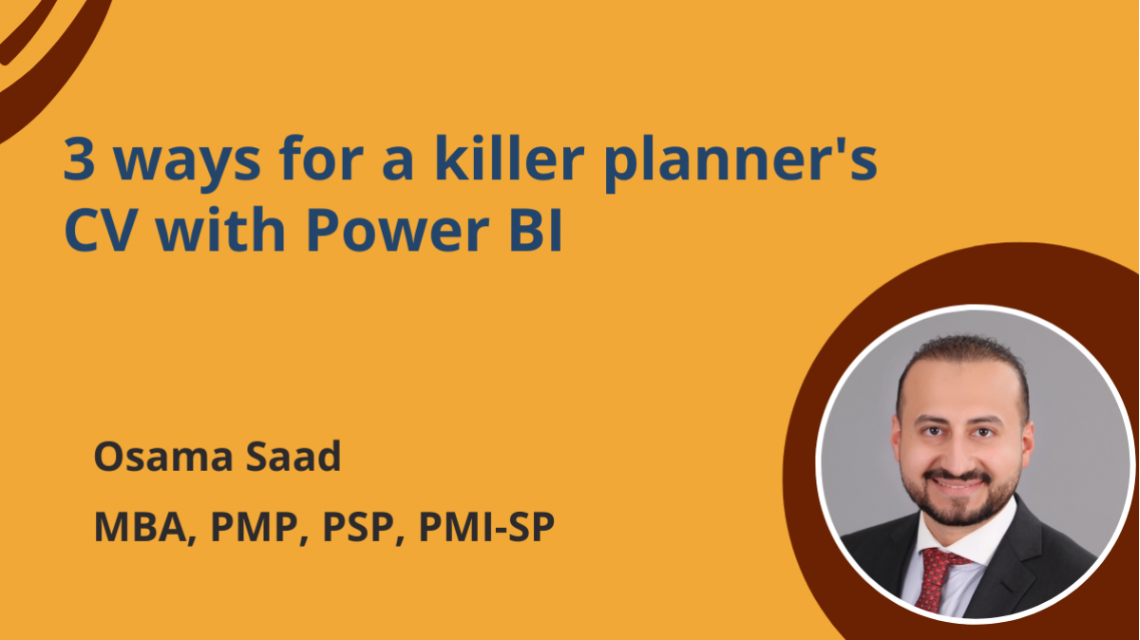The construction industry is very complex and highly competitive. Projects are:
- Created onsite
- Unique
- Involving different parties
- Spanning over multi-year life cycle
As a result, risks can arise during the pre-construction, construction, and post-construction phases. Some are insurable, such as damages and natural disasters, while others—like delayed site possession or late design changes during construction—are not. A well-structured construction contract is the art of effectively managing and fairly allocating these risks.
Balance vs. One-Sided Contracts
Overloading risk onto one party can lead to disputes, inflated pricing, or project failure. If the employer states in the contract that the contractor will not be reimbursed for any delays related to excavation activities and must manage any unforeseen site obstructions independently, the contractor will account for this significant risk and prepare for the worst-case scenario, which may involve prolonged work periods and the deployment of substantial resources. Consequently, the contractor will submit a significantly higher bid.
To manage this risk, the employer can clarify the scope and include a clause that reimburses the contractor for unforeseen conditions, preventing inflated prices. Similar approaches are used to manage other risks among different parties. These risks include, for example:
Technical Risks
- Design errors or incomplete designs
- Use of new or untested technology
- Poor-quality materials or workmanship
Logistical Risks
- Supply chain disruptions (material shortages or delays)
- Labor shortages or workforce inefficiencies
- Coordination challenges between stakeholders
Financial Risks
- Cost overruns
- Budget underestimation
- Fluctuations in material and labor costs
- Inflation
- Payment delays or disputes
Political & Regulatory Risks
- Changes in government policies or regulations
- Permit and licensing issues
- Environmental compliance
- Political instability or government intervention
- Corruption and bribery risks
Environmental & Sustainability Risks
- Adverse weather conditions
- Unexpected site conditions
Safety & Health Risks
- Workplace accidents and injuries
- Non-compliance with safety regulations
- Exposure to hazardous materials
- Fatigue or health issues among workers
Contractual & Legal Risks
- Ambiguous or unfavorable contract terms
- Disputes
- Force majeure events and natural disasters
- Lack of performance by subcontractors
Operational & Execution Risks
- Poor project management or leadership
- Inaccurate scheduling and planning
- Changes in project specifications
Before the relevant clauses are drafted to manage the project risks, the questions below must be answered:
1- Who is in the best position to control or mitigate the risk?
- Does the owner, contractor, or another party have more expertise or resources to handle this risk?
- Can the risk be reduced through better planning or technology?
2- What is the financial impact of the risk, and who can best absorb it?
- Would the contractor significantly increase their bid if forced to take on this risk? (refer to my above example about the excavation activity).
- Does the owner have the financial ability to handle unexpected costs?
- Should insurance or contingency funds be used instead?
3- What is the likelihood and severity of the risk occurring?
- Is this low or high probability and impact risk?
- Should the contract include specific provisions (e.g. liquidated damages) to address it?
4- How does the risk allocation affect project pricing?
- Will shifting too much risk to the contractor lead to higher prices?
- Can the owner retain some risks to keep costs reasonable?
5- What are the legal and regulatory requirements?
- Are there mandatory laws that require certain risks to be assigned to a specific party?
- Are there local safety, environmental, or labor laws that impact risk allocation?
6- an the risk be insured, and who should bear the insurance cost?
- Is the risk insurable under general liability or insurance?
- Should the owner or contractor be responsible for obtaining and paying for insurance?
7- What are the consequences if the risk occurs?
- Will the project be delayed?
- Will the quality be compromised?
- Will there be financial penalties or claims from third parties?
8- What dispute resolution mechanisms should be in place for risk-related issues?
- Should disputes be resolved through negotiation, mediation, arbitration, or litigation?
- Should an independent expert be involved in evaluating claims related to certain risks?
9- Is the risk allocation approach fair and balanced?
- Is one party bearing a higher risk compared to their level of control?
Why do we need a construction contract?
Why can’t we just shake hands? A construction contract is essential due to the inherent conflict of interest between the employer and the contractor:
- The contractor aims to complete the least amount of work, incur the lowest expenses, and take the longest duration for the highest contract price.
- The employer seeks the highest amount of work, the best quality, and the shortest duration for the lowest contract price.
A well-structured construction contract manages this conflict while also providing a mechanism for handling uncertainties, such as incorporating additional scope through variation orders or amending the contract when an extension of time is granted. Standard FIDIC contracts have become widely adopted because they clearly define responsibilities, have been extensively tested, and are both comprehensive and fair. Even most bespoke contracts are influenced by FIDIC forms. Additionally, particular conditions are added to tailor contracts to specific project needs, local laws, and additional risk management considerations. Drafting a contract involves implementing a comprehensive risk management strategy, structured around the following key stages: Identify, Assess, Analyze and Prepare risk response strategies to mitigate and manage these risks effectively. Ultimately, a contract is the primary tool for risk allocation in construction projects.
Regards,
Osama Saad, MBA, PMP, PSP, CCP, PMI-SP
Learn More!
